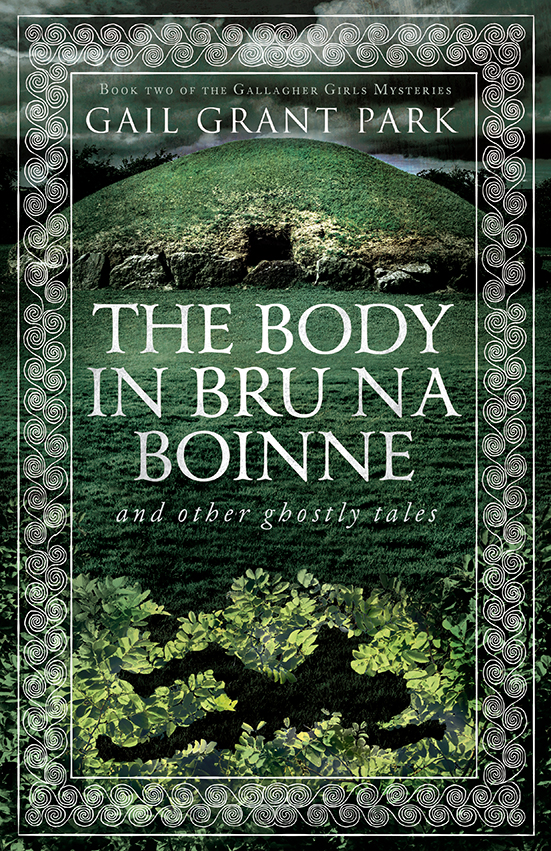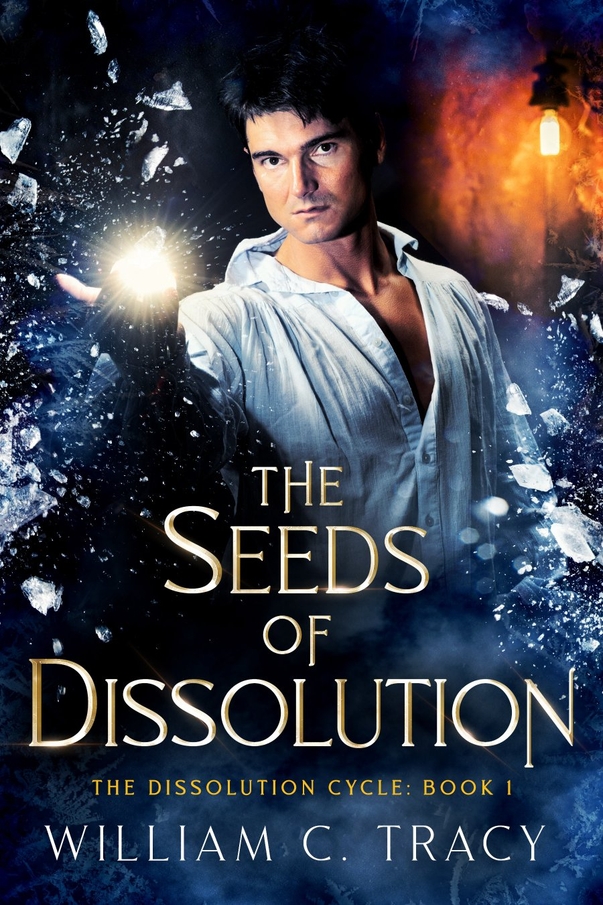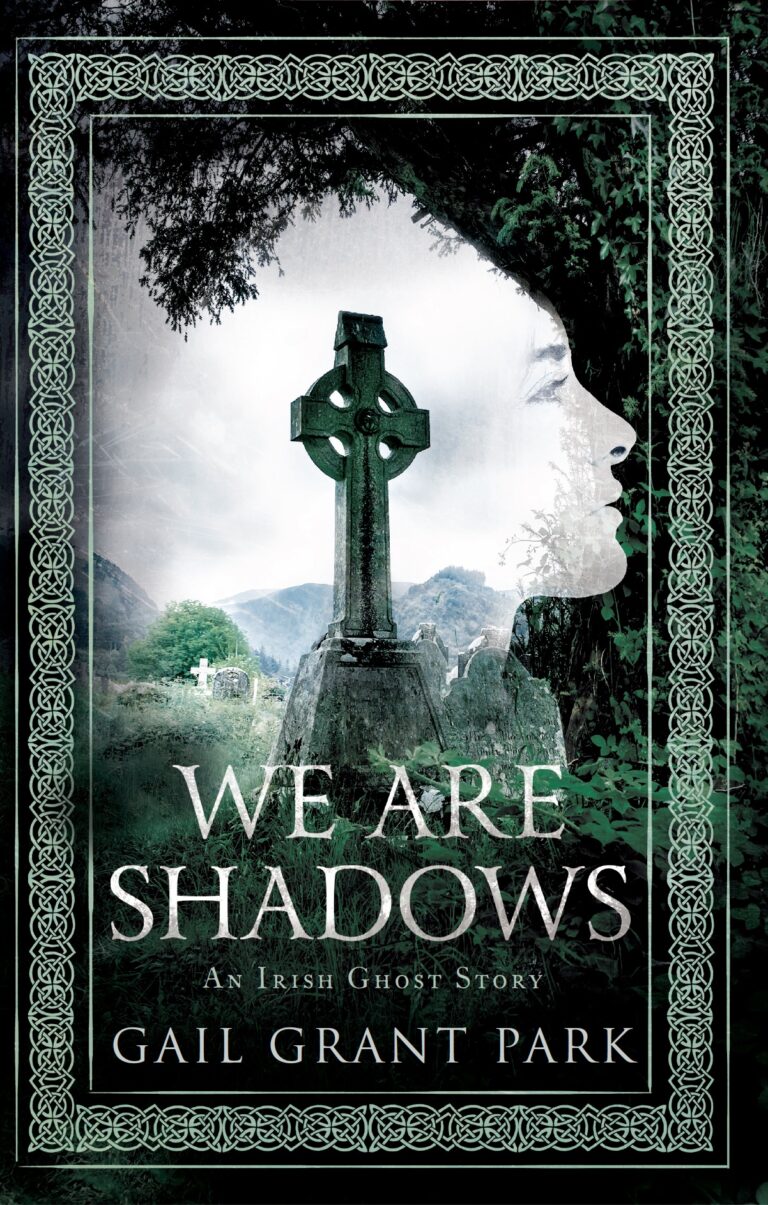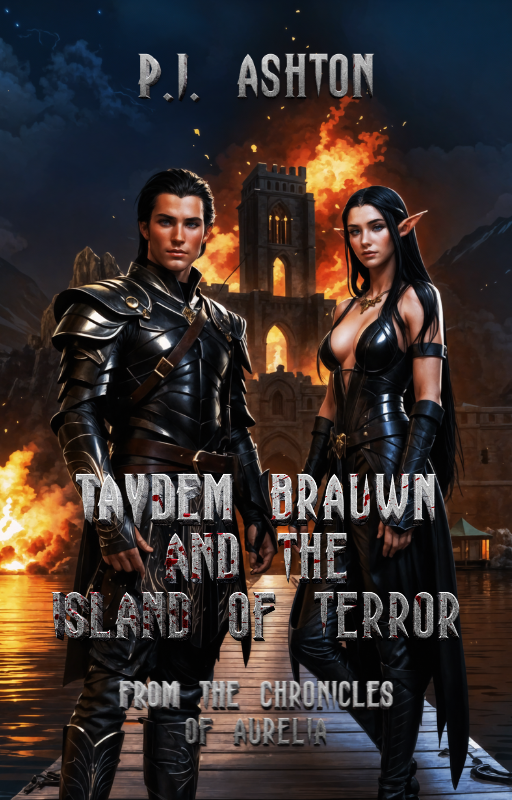Bias in literature refers to the presence of prejudice, stereotypes, or a one-sided perspective within written works. This bias can manifest in various forms, including:
-
- Cultural Bias: This occurs when authors favor their own culture or group and may misrepresent or stereotype other cultures or communities. It can lead to a lack of diversity and inclusivity in literature.
- Gender Bias: Some literature can perpetuate gender stereotypes, reinforce traditional gender roles, or marginalize the experiences of individuals who do not conform to these roles.
- Racial Bias: Literature can promote racial stereotypes or depict certain racial or ethnic groups in a negative or harmful light, reinforcing bias and prejudice.
- Class Bias: Economic and social class bias can be present in literature, with authors favoring or portraying the experiences of certain socioeconomic groups over others.
- Religious Bias: Some works may display religious bias by promoting one religion as superior or portraying followers of other religions negatively.
- Political Bias: Authors may use literature as a platform to express their political views, which can result in a biased or one-sided portrayal of political issues.
- Sexual Orientation Bias: Bias against individuals with non-heteronormative sexual orientations can be found in literature, which can lead to the stigmatization or marginalization of LGBTQI+ individuals.
- Ableism: Literature may contain bias against people with disabilities, reinforcing stereotypes or overlooking their experiences.
- Ageism: Age bias can manifest when literature portrays certain age groups, like the elderly or youth, in a negative or stereotypical manner.
- Confirmation Bias: Authors may selectively include information or stories that support their pre-existing beliefs, which can lead to confirmation bias in their works.
- Historical Bias: Historical texts can be biased by presenting events or individuals in a distorted or one-sided manner, often to promote a particular narrative or agenda.
Addressing bias in literature is important for promoting inclusivity, diversity, and a more accurate representation of the world and its inhabitants. Readers, writers, and scholars have a role to play in recognizing and challenging bias in literature, encouraging the development of a more inclusive and equitable literary landscape. Additionally, discussions and criticism can help raise awareness about these issues and lead to more balanced and accurate representations in literature.
We would love to hear what examples of bias you have observed through your reading experiences! And what strategies do you implement to minimise, or at least disclaim, the presence of bias in your writing? Follow our social media accounts on Facebook and Instagram for more information and opportunities to engage and share more about your reading and writing experiences!











